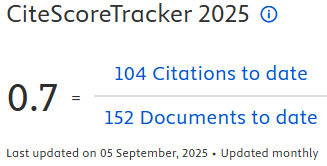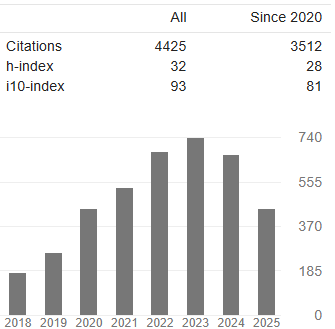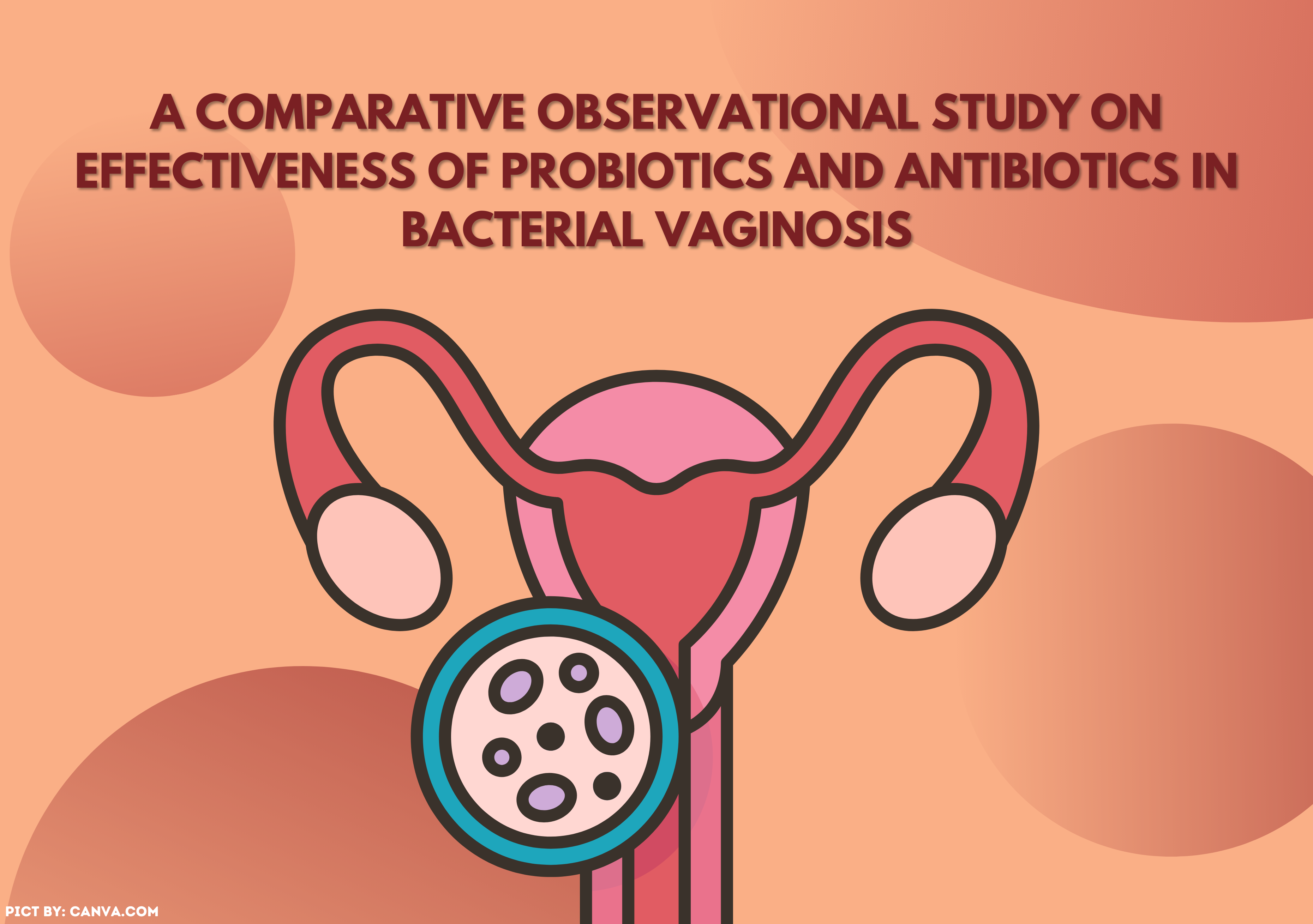TOXIC AND HAZARDOUS WASTE (B3) MANAGEMENT AT PT. PAL INDONESIA (PERSERO)
Downloads
ABSTRACT
PT. PAL Indonesia (Persero) is a state-owned enterprise (BUMN) engaged in the shipbuilding industry. Disposal of hazardous and toxic waste (B3) produced by PT. PAL Indonesia can cause negative impacts on the environment and health if special handling procedures are not taken. In order to avoid this, PT. PAL Indonesia (Persero) carries out B3 waste management. The purpose of this study was to provide an overview of the implementation of B3 waste management in PT. PAL Indonesia (Persero), including identification of B3 waste, packaging and labeling B3 waste, storage, collection and transportation of B3 waste. The research method used was the qualitative descriptive method with data collection techniques of observation, interviews, and documentation. The instrument in this study was a questionnaire. The results of the study show that in the production process, PT. PAL Indonesia (Persero) produced hazardous and toxic (B3) waste in the form of solid and liquid B3 waste in the form of used TL lamps, contaminated cotton waste, silica sand from sand blasting processes, used oil, and sludge oil. The B3 waste contained heavy metals such as Pb, Cu, Hg, Fe, and Zn. The conclusion of this research is that the implementation of B3 waste management in PT. PAL Indonesia (Persero) has not complied with implemented regulations. This study suggests the supervision of B3 waste management in PT. PAL Indonesia (Persero) as well as increased awareness of workers to wear protective equipment in managing B3 waste.
Keyword: B3 waste management, PT. PAL Indonesia (Persero), B3 waste content.
Azteria, V. dan Efendi, J. (2017) ‘Identifikasi Keselamatan Penanganan Limbah Pelumas Pada PT. Altrak 1978 Balikpapan', Jurnal Biologi Lingkungan, Industri, Kesehatan, 4(1), pp. 32–40.
Baswedan, S. dan Lilis, S (2015) 'Pengelolaan Kondisi Fisik Lingkungan dan Keluhan Kesehatan Pekerja di Ruang Produksi Garment di Gresik' Jurnal Kesehatan Lingkungan, 8(1), pp. 25-35. http://dx.doi.org/10.20473/jkl.v8i1.2015.25-35
Chandra, B. (2007) Pengantar Kesehatan Lingkungan. Jakarta: EGC.
Damanhuri, E. (2012) ‘Studi Pengelolaan Limbah B3 (Bahan Berbahaya dan Beracun) Laboratorium Laboratorium di ITB', Jurnal Teknik Lingkungan, 18(April), pp. 12–20. Available at: http://dx.doi.org/10.5614%2Fjtl.2012.18.1.2
Darmono (2001) Lingkungan Hidup dan Pencemaran (Hubungan Toksikologi Senyawa Logam). Jakarta: UI Press.
Environmental impact Control Agency. 1995. Keeputusan Kepala Bapedal Nomor 1 Tahun 1995 tentang Tata Cara dan Persyaratan Teknis Penyimpanan dan Pengumpulan Limbah Bahan Berbahaya dan Beracun. Jakarta: Sekretariat Menteri Lingkungan Hidup.
Ginting (2007) Sistem Pengelolaan Lingkungan dan Limbah Industri. Bandung: Yrama Widya.
Ichtiakhiri, T. H. dan Sudarmaji (2015) ‘Pengelolaan Limbah B3 dan Keluhan Kesehatan Pekerja di PT. Inka (Persero) Kota Madiun', Jurnal Kesehatan Lingkungan, 8(1), pp. 118–127. Available at: http://dx.doi.org/10.20473/jkl.v8i1.2015.118-127
Irmasari, F. (2018) 'Kadar Toluen di Udara Lingkungan Kerja berkorelasi Terhadap Kadar Asam Hipurat Urine Pada Pekerja Percetakan di Rungkut Surabaya', Jurnaal Kesehatan Lingkungan, 10 (3), pp. 328-335. Available at: http://dx.doi.org/10.20473/jkl.v10i3.2018.328-335
Jodeh, S., Odeh R., Sawalha M., Obeid, A.A., Salghi R., Hammouti B., Radi S., Warad, I., 2015. Adsroption of Lead and Zinc from Used Lubricant Oil Using Agricultural Soil: Equilibrium, Kinetic and Thermodynamic Studies. J. Mater. Environ. Sci. 6 (2)
Kristanto, P. (2002). Ekologi Industri. Yogyakarta: Andi.
Mukono, J. (2010). Prinsip Dasar Kesehatan Lingkungan . Surabaya: Pusat Penerbit dan Percetakan Unair .
Murti, I. W. and Ibrahim, A. H. (2018) ‘Identifikasi Bahaya dan Perancangan Tempat Penyimpanan Sementara (temporary storage area) Limbah B3 Proses Sandblasting di PT Swadaya Graha', ENERGY, 8(1), pp. 1–7.
Ministry of Environment (2009). Peraturan Menteri Lingkungan Hidup Nomor 30 Tahun 2009 tentang Tata Laksana Perizinan dan Pengawasan Pengelolaan Limbah Bahan Berbahaya dan Beracun serta Pengawasan Pemulihan Akibat Pencemaran Limbah Bahan Berbahaya dan Beracun oleh Pemerintah Daerah. Jakarta: Sekretariat Negara
RI Government Regulation. (2013). Peraturan Pemerintah Republik Indonesia Nomor 14 Tahun 2013 tentang Simbol dan Label Limbah Bahan Berbahaya dan Beracun. Jakarta: Sekretariat Negara Lingkungan Hidup.
RI Government Regulation. (2014). Peraturan Pemerintah Republik
Indonesia Nomor 101 Tahun 2014 tentang Pengelolaan Limbah Bahan Berbahaya dan Beracun. Jakarta: Sekretariat Negara.
Rose, K. D. C. dan Tualeka, A. R. (2014) ‘Penilaian Risiko Paparan Asap Kendaraan Bermotor Pada Polantas Polrestabes Surabaya Tahun 2014', The Indonesian Journal of Occupational Safety and Health, 3(1), pp. 46–57.
Widowati, W., Sastiono, A. dan Reymond (2008) Efek Toksik Logam. Yogyakarta: Andi.
- The authors agree to transfer the transfer copyright of the article to The Indonesian Journal of Public Health effective if and when the paper is accepted for publication.
- Authors and other parties are bound to the Creative Commons Attribution-NonCommercial-ShareAlike 4.0 International License for the published articles, legal formal aspect of journal publication accessibility refers to Creative Commons Attribution-NonCommercial-ShareAlike 4.0 International License (CC BY-NC-SA), implies that:
- Attribution ” You must give appropriate credit, provide a link to the license, and indicate if changes were made. You may do so in any reasonable manner, but not in any way that suggests the licensor endorses you or your use.
- NonCommercial ” You may not use the material for commercial purposes.
- ShareAlike ” If you remix, transform, or build upon the material, you must distribute your contributions under the same license as the original.































